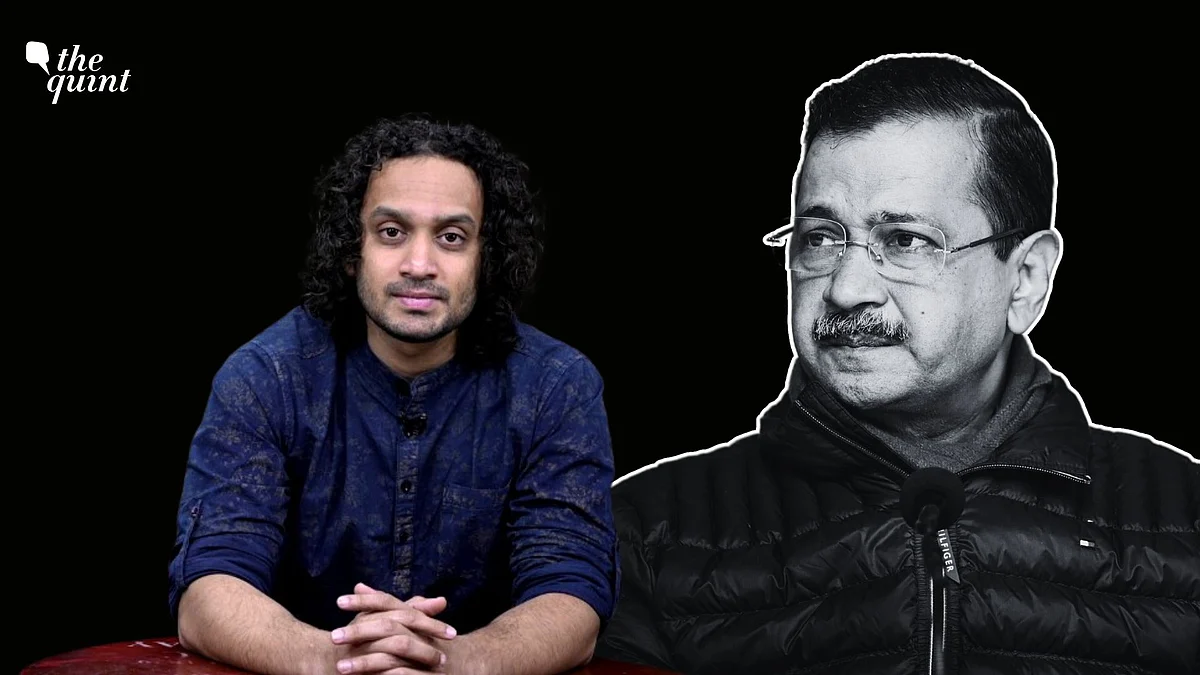
Middle Class, Congress: 4 Factors That Led to AAP's Defeat in Delhi Elections
Who damaged Arvind Kejriwal in Delhi elections? Here's what happened.

advertisement
Video Editor: Nitin Bisht
The Bharatiya Janata Party (BJP) has made a historic return in the Assembly of Delhi after 27 years with Arvind Kejriwal's Aam Aadmi Party (AAP) bagging less than 30 seats from the 63 it won in 2020, while the BJP won close to 45 of the 70 seats.
So, who damaged Kejriwal? Here's what happened in the Delhi:
1. The Middle Class' Sway
The middle class and upper middle-class voters seem to have shifted significantly away from the AAP towards the BJP. According to a survey by CVoter, the income groups in the bracket of Rs 20,000-50,000, Rs 50,000-1,00,000, and more than Rs 1,00,000 have voted more for the BJP than the AAP.
2. Centre vs State politics
The impact on governance due to Centre vs state tussle was also one of the key factors that led to the shift of voters from AAP to the BJP. It subsequently rose the anti-incumbency even at the MCD level.
3. PM Modi's Popularity
According to CVoter data, over 85% of those who voted for the BJP said that they did so because of the popularity of PM Modi, steering away from the previous patterns of 'Modi at Centre, Kejriwal in Delhi'. Two other major factors that impacted voters was the controversy around the renovation of the CM's house, or the 'sheeshmahal controversy' as it is popularly known, and drinking water supply.
4. Congress Performing Better Than Expected
Even though the Congress did not win a single seat, it has managed to damage AAP in many seats, with the AAP's margin against the BJP being quite narrow. The Congress's vote shae has risen, which means, to an extent, it successfully split the anti-BJP votes that would otherwise go to AAP.
- Access to all paywalled content on site
- Ad-free experience across The Quint
- Early previews of our Special Projects
Published: undefined